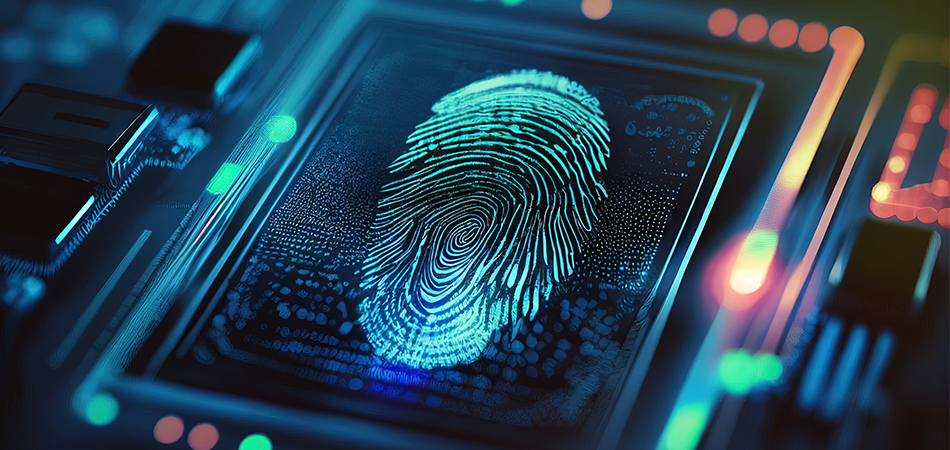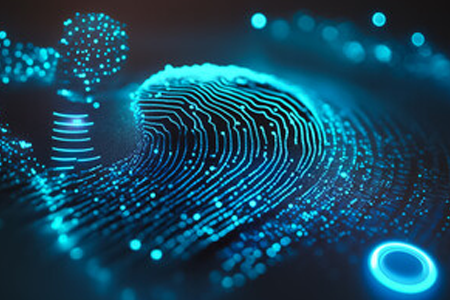
Information on our cyber security forensics Service
Cyber security forensics is a critical aspect of digital security that involves collecting, analyzing, and preserving digital evidence related to a security incident or a cybercrime. The primary objective of cyber forensics is to identify the source of the security breach, the extent of damage, and the individuals involved, in order to prevent similar incidents in the future and take appropriate legal action against the perpetrators.
One of the critical components of cyber forensics is data acquisition, which involves collecting data from various sources such as servers, network devices, and storage devices. This data can include system logs, network traffic data, and digital artifacts such as emails, documents, and images. The collected data is then analyzed using various forensic techniques and tools, such as disk imaging and file carving, to extract relevant information related to the security incident.
Another important aspect of cyber security forensics is the preservation of digital evidence. It is essential to preserve the integrity of digital evidence to ensure that it is admissible in a court of law. This involves maintaining a chain of custody to track the movement of digital evidence from the time it is collected to the time it is presented in court. The evidence must also be protected from tampering or alteration to ensure that it accurately reflects the original state of the data.


cyber Security Forensics service Details
In conclusion, cyber security forensics plays a crucial role in maintaining the security and integrity of digital systems. It allows organizations to identify and respond to security incidents effectively, while also providing valuable evidence for legal proceedings. As the threat of cybercrime continues to grow, the demand for skilled cyber forensics professionals will only continue to increase.
Identifying the source
One of the primary reasons for cyber security forensics is to determine the source of a cyber attack. By analyzing the attack, forensic experts can trace the origin of the attack back to the attacker, which can help in prosecuting the attacker and preventing future attacks.
Collecting evidence
Cyber security forensics can provide crucial evidence that can be used in legal proceedings against cyber criminals. This evidence can be used to prove the identity of the attacker, the nature and extent of the attack, and the damages caused by the attack.
Incident response
Cyber security forensics can also be used to quickly identify the nature and scope of a cyber attack, which can help organizations to respond quickly and effectively to the attack. This can involve measures such as isolating infected systems, blocking network access, and implementing other security measures to prevent further damage.
Preventing future attacks
By analyzing the tactics and techniques used by attackers in a cyber attack, forensic experts can identify weaknesses in an organization's security posture and recommend improvements to prevent future attacks. This can involve improving network security, implementing better access controls, and educating employees on best practices for online security.
most asked questions
Cyber security forensics is the process of collecting, analyzing, and preserving electronic evidence related to a cyber attack. It involves using various techniques and tools to investigate the attack, determine its source, and identify the extent of the damage.
Cyber security forensics involves several steps, including data acquisition, analysis, interpretation, and reporting. It typically begins with collecting data from affected systems and devices, which is then analyzed using various tools and techniques to determine the cause and nature of the attack. The findings are then interpreted and presented in a report, which can be used to support legal proceedings, incident response, and prevention efforts.
The benefits of cyber security forensics include identifying the source of a cyber attack, collecting evidence for legal proceedings, responding to and mitigating attacks, and preventing future attacks. It can also help organizations to improve their security posture by identifying vulnerabilities and weaknesses in their systems and processes.
Common techniques used in cyber security forensics include network traffic analysis, file and data recovery, memory analysis, log analysis, and malware analysis. These techniques can be used to gather and analyze electronic evidence related to a cyber attack, and to determine the extent and impact of the attack on affected systems and devices.